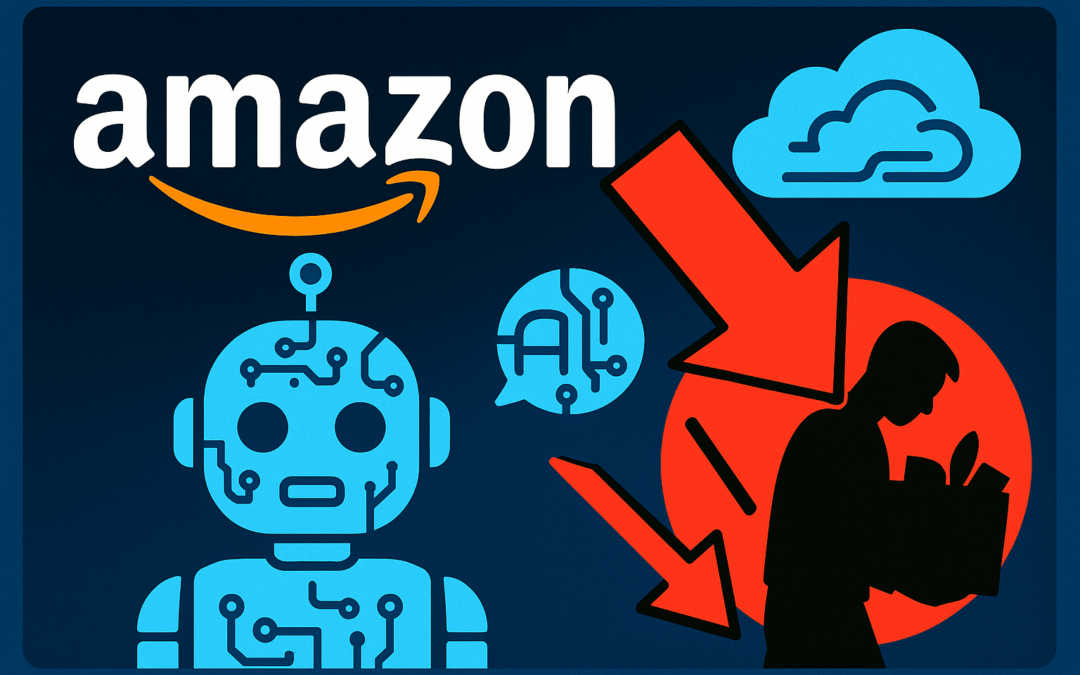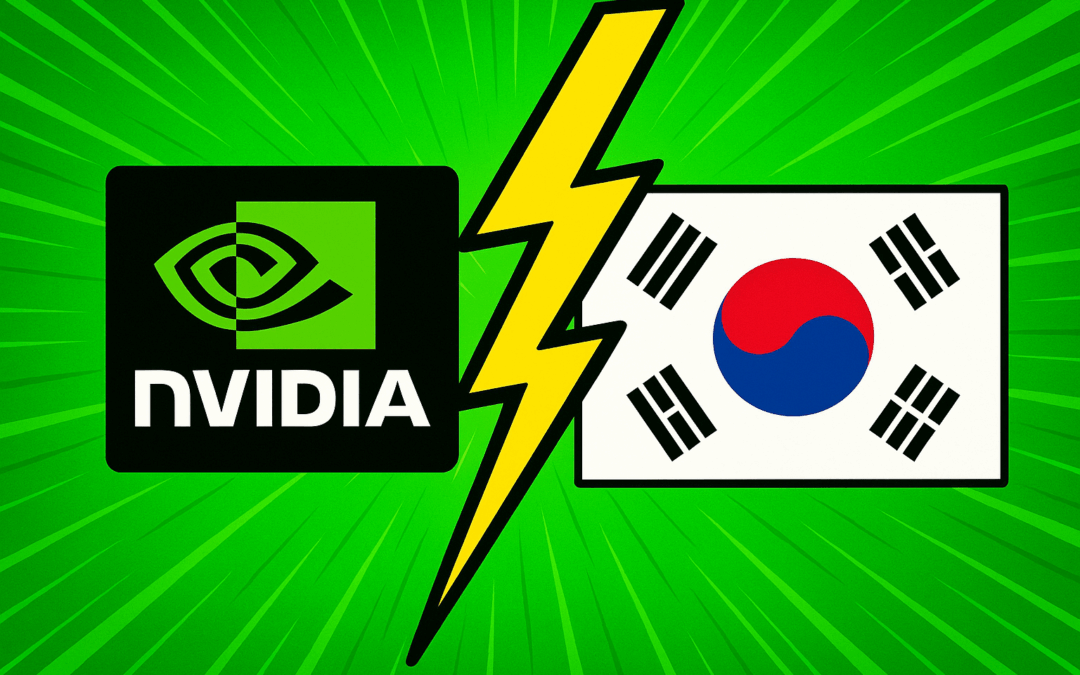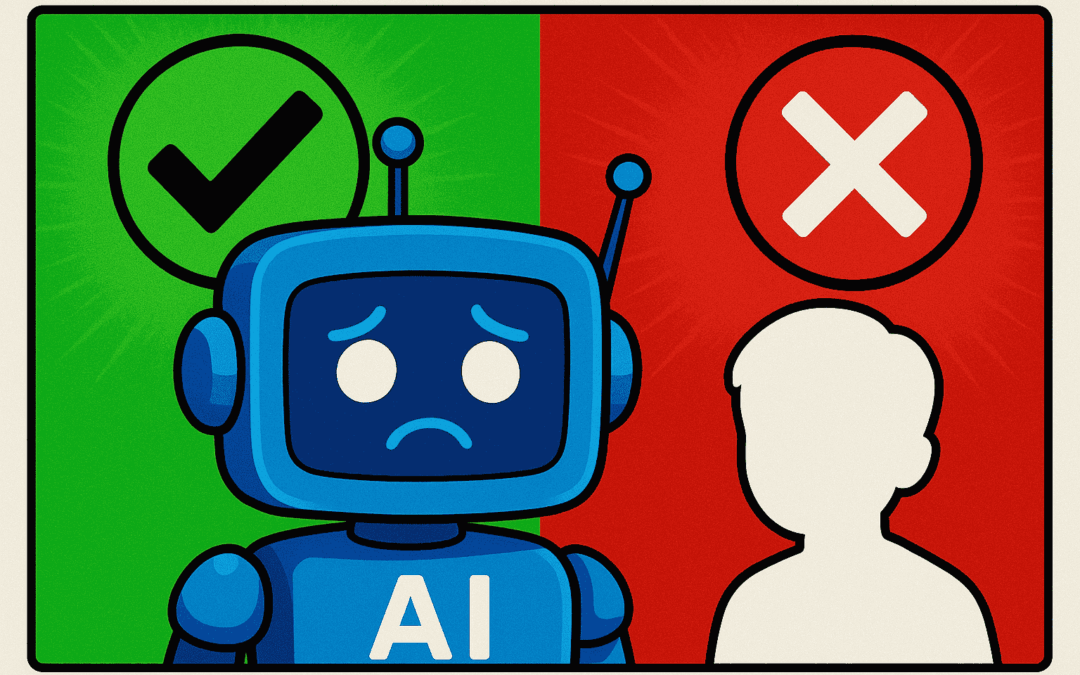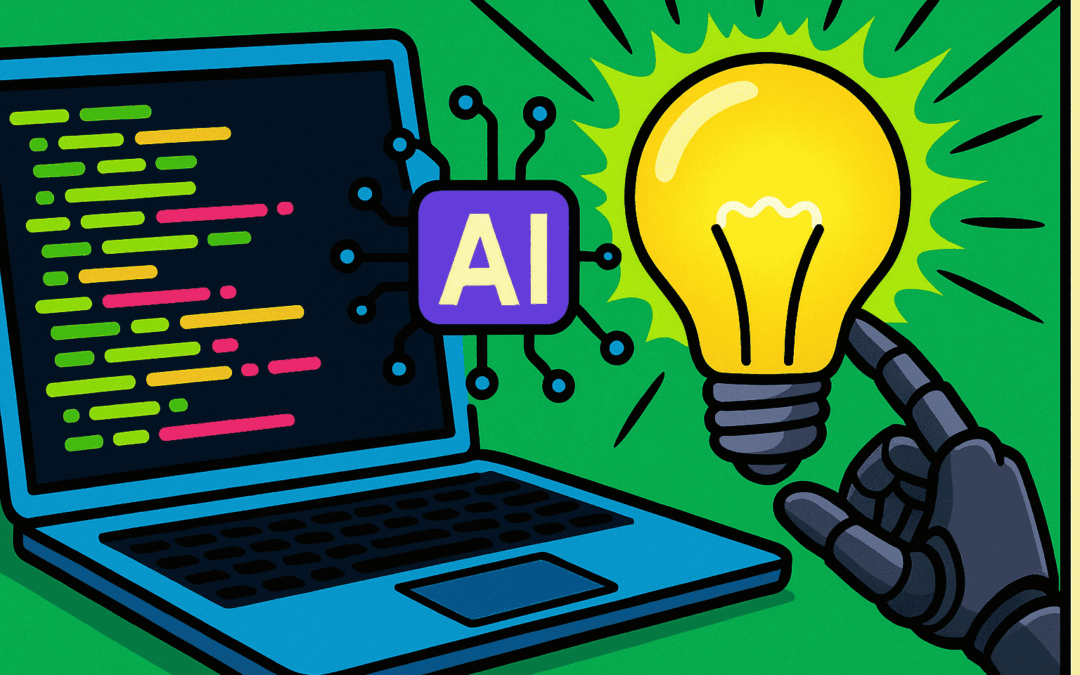AI innovation continues to shape demand across the tech supply chain, driving record sales and strategic pivots among hardware providers.
TE Connectivity recently reported a strong profit outlook, underscoring the ripple effect of generative AI and LLMs on component and connectivity infrastructure.
For developers and AI professionals, these signals point to new tactical priorities as the industry adapts to accelerated demand for robust AI-ready systems.
Key Takeaways
- TE Connectivity projects higher quarterly earnings due to surging demand for AI hardware products.
- Growth is fueled by generative AI and large language model (LLM) deployments, which require advanced components and connectivity solutions.
- The broader AI hardware market is experiencing a significant uplift, benefitting supply chain players globally.
Upbeat Forecast Driven by AI Momentum
According to Reuters, TE Connectivity forecasts robust quarterly profits, citing unprecedented demand for its AI-focused products.
The company supplies critical connectors and sensors used in large-scale servers and data centers—core infrastructure for deploying generative AI and training large language models.
Generative AI adoption is amplifying global requirements for high-performance, reliable interconnect solutions—propelling AI hardware suppliers’ revenues to new highs.
AI Hardware: The Growing Backbone
The generative AI boom is not limited to algorithmic advancements. Hardware manufacturers like Nvidia, AMD, and suppliers including TE Connectivity are witnessing surging orders as hyperscalers and enterprises race to expand AI-ready infrastructure.
Data from CNBC and Bloomberg highlight a sharp increase in demand for networking, storage, chipsets, and optical interconnects—components essential for energy-efficient AI clusters.
AI infrastructure spending is driving end-to-end technological upgrades, from data center design to edge device connectivity.
Implications for Developers, Startups, and AI Professionals
Rising demand for AI infrastructure brings both challenges and opportunities:
- Developers must optimize LLM and generative AI workloads to leverage advances in networking and connectivity, ensuring scalability and efficiency.
- Startups entering the AI market now face stronger competition for hardware resources but also benefit from richer ecosystems of specialized components and platform partners.
- AI professionals must understand the evolving hardware landscape, as performance, energy efficiency, and availability of components increasingly impact model deployment strategies.
Industry analysts such as Gartner expect these trends to accelerate, with AI hardware revenue set to outpace software growth rates over the next two years.
Those who align applications with emerging high-speed, AI-optimized hardware will unlock both performance and cost advantages.
Looking Forward
The surge in hardware demand signals sustained momentum for the AI sector. For technical leaders and startups, monitoring infrastructure advances—and building for them—will be key to riding the next wave of generative AI adoption.
Source: Reuters











